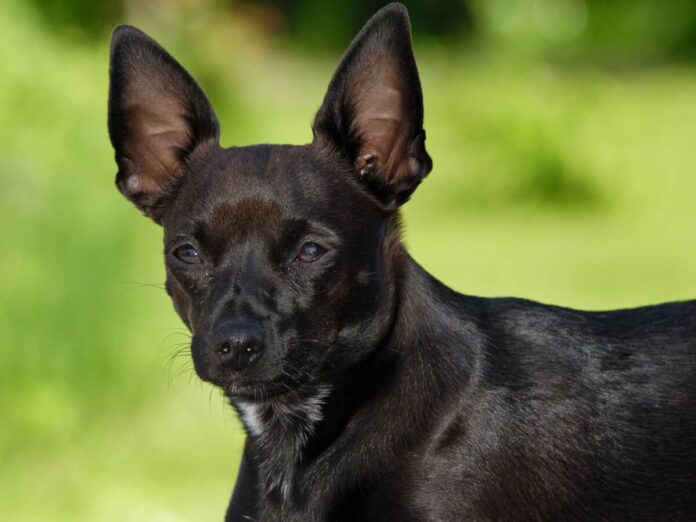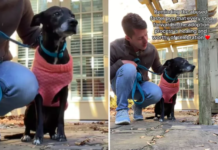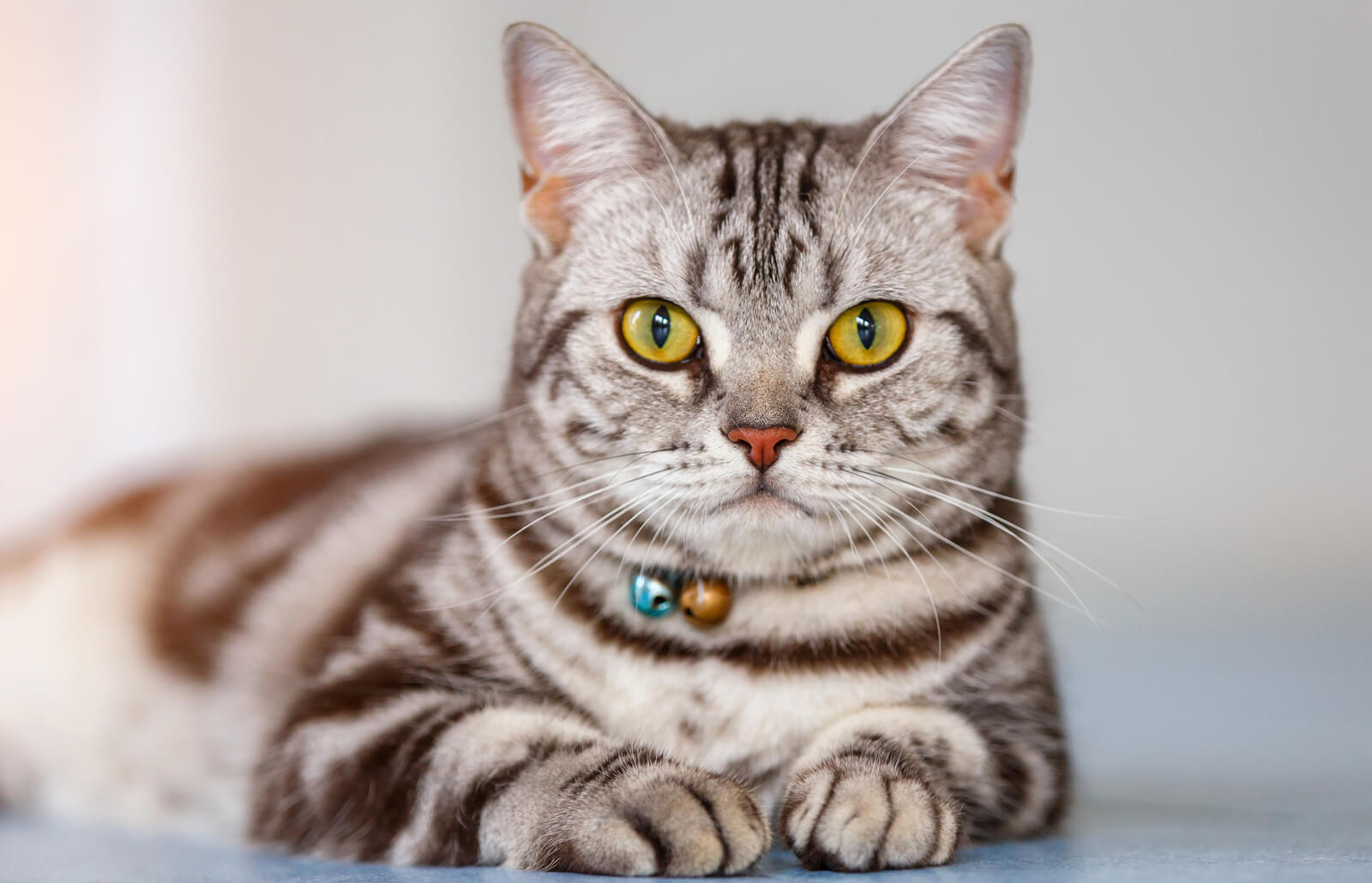Last Updated on October 2, 2023 by Fumipets
Chihuahua Miniature Pinscher Mix
The Chihuahua Miniature Pinscher Mix, often referred to as the “Chipin,” is a delightful hybrid breed that combines the traits of the Chihuahua and Miniature Pinscher. This pint-sized pup packs a big personality and has become a popular choice for dog lovers seeking a compact yet energetic companion. Here’s a concise overview of this charming breed:
Chipin
| Height: | 8 – 12 inches |
| Weight: | 5 – 15 pounds |
| Lifespan: | 10 – 12 years |
| Colors: | Black, chocolate, gold, cream |
| Suitable for: | Companions, families, watchdogs, small apartments |
| Temperament: | Attention-loving, active, sociable, stubborn |
The Miniature Pinscher and the Chihuahua were crossed to form the hybrid breed known as the Chipin. It belongs to the toy breed group of tiny dogs. It has a short coat that may be any shade between tan and black, however it often blends the two colors. It’s a low-maintenance dog that gets along well with kids and is a good choice for smaller homes. If you’re considering getting one of these designer breeds, stay reading as we delve into its temperament, grooming requirements, health issues, and more.
3 Little-Known Facts About Chipins
1. The Chihuahua loves to live in a group of other dogs, which helps to explain why the Chipin is so kind to other animals.
2. Despite its tiny size, the parent breed of the Miniature Pinscher is sometimes used as a watchdog.
3. One of the most popular breeds in England is the Miniature Pinscher.
Chihuahua and Miniature Pinscher Mix: Chipin

Temperament & Intelligence of the Chipin
Given that both parent breeds scored well in this area, you may anticipate that your Chipin will be quite clever. But, since the Chihuahua in it may be somewhat headstrong, you could discover that your pet is more interested in furthering its own goals than in picking up new tricks or complying with your directions.
The Chipin is best suited for households with kids who can keep it amused since it likes spending time with family and will demand plenty of attention. It’s not a good option for someone who has to spend a lot of time away from home since if left alone for an extended period of time, it may grow bold and start barking, ripping up furniture, and even break house training.
Are These Dogs Good for Families?
Absolutely, the Chipin is a wonderful family pet and gets along well with kids. As we already indicated, it enjoys being the center of attention and will play and occupy the kids for as long as they let it. Because of its tremendous amount of energy, it can operate continuously throughout the day and will seem to be everywhere at once.
It makes a superb watchdog since it is also quite inquisitive and often rummages through open drawers and laundry baskets while keeping an eye on what is happening outdoors. Because of its little size, it is safe to use around young children and is ideal for tiny apartments. Nonetheless, supervision is required for any canine-child playing.
Does This Breed Get Along with Other Pets?
While the Chihuahua parent is a pack dog that loves the companionship of other Chihuahuas, it instills in your Chipin the idea that all company is good company. Most other dogs your pet meets will become quick pals, particularly if you socialize them early. Because of its seldom aggression, you shouldn’t have any issues maintaining this breed with other dogs or even cats.
When out on a path with other dogs, your Chipin will exhibit remarkable bravery by facing down much larger canines without fear, but it won’t be hostile against them. Instead, as soon as the larger dog stops barking, the two dogs will become friends.
Things to Know When Owning a Chipin
Food & Diet Requirements
Your little Chipin is still quite active and needs high-quality dog food with plenty of protein, even if it won’t consume nearly as much as some of the much bigger breeds. Choosing a brand with actual meat, such as chicken or beef, listed as the first ingredient will provide your pet with the building blocks for strong muscles and the energy it needs to keep active. Avoid meals that include maize as the first ingredient since they are primarily empty calories and will make your dog hungrier and less energetic quickly. Although corn and beef byproducts are OK as treats on occasion, we advise against serving them as your pet’s main meal.
Also, we advise searching for products that include omega fats since they have a variety of advantages for your pet, including strengthening and enhancing their coat and lowering arthritis-related inflammation in older dogs. Another beneficial component that helps regulate your dog’s digestive tract and lower the risk of constipation and diarrhea is prebiotics.
Exercise
Your Chipin needs at least an hour of exercise every day because of how active he is. Fortunately, your dog will receive a lot of this throughout the day as it roams the home amusing family members, particularly if you have kids. If you don’t have kids, we advise blocking out 30-45 minutes each day to go for a walk or play with a ball so that your dog receives the exercise it needs to be healthy and content. Lack of exercise may lead to obesity and bad behavior, since bored Chipins have a tendency to start barking or destroying furniture when left alone.
Training
A canine breed known as the Chipin may refuse to fetch the ball for no apparent reason. You’ll need to exercise a lot of patience and be prepared for many failed training sessions before your dog can do tricks on demand due to their difficultly learning new skills. The good news is that it will be worthwhile since your dog is intelligent enough to learn even difficult activities.
For the greatest likelihood of success, we advise scheduling regular training sessions at the same time every day. Make the sessions brief and enjoyable. To get your dog into a habit that it can anticipate and come ready to concentrate on learning, we advise simply 5–10 minutes each day with lots of praise and goodies.
Grooming
Your Chipin’s short hair will only need to be brushed once a week to keep the dirt off and will need minimum upkeep. To reduce the amount of hair on your furniture and floor during the spring and autumn shedding seasons, increase the frequency of brushing to two or three times each week. To assist delay the onset of dental illness, we also advise that you frequently wash your pet’s teeth using a pet-safe toothpaste. If your dog spends a lot of time inside, you may also need to clip its nails every few weeks if you hear them clicking on the floor.

Health and Conditions
Being a hybrid, the Chipin should have fewer health problems than either of its purebred parents, but watch out for the following:
Minor Conditions
Spina Bifida
Serious Conditions
Patellar Luxation
Spina Bifida
Spina bifida is a hereditary condition that affects the backbone and results in abnormal bone development. The most often afflicted region is the lower back, however it may happen anywhere along the spine. Since that scientists are still unsure of which genes enable it to pass, breeding it out is difficult. More severe occurrences of spina bifida might result in deformity, whereas milder ones may not affect the dog much. This illness is diagnosed from birth and does not develop later in life.
Patellar Luxation
It’s typical in active dogs like the Chipin to develop patellar luxation, a disorder that affects your dog’s kneecap or, more precisely, the ligament that maintains it in place. The kneecap slides out of position due to patellar luxation, which momentarily impairs your pet’s use of the limb. Your dog may raise the kneecap off the ground or swing the leg to reposition the kneecap. The cap will often fall out of position as the problem worsens. Surgery may sometimes be able to stop the progression.
Male vs Female
Since the Chipin is a mixed breed, there is no predicted variation in height, weight, or temperament between the sexes; instead, all of these characteristics will depend more on which parent the dog takes after than its sex.
Conclusion
If you can give the Chipin lots of time, it makes a fantastic companion for someone with a big family or a tiny apartment. This dog loves to be the center of attention, and if it doesn’t receive enough, it rapidly becomes bored and begins acting up. Nonetheless, it is loving, gets along well with kids and other animals, needs minimal grooming, and has a long lifespan free of serious health problems. In contrast to most other breeds, it is also well adapted to city life.
We really hope that you have enjoyed and gained some insight from our examination of this intriguing hybrid breed. Please share this overview of the Chipin dog breed on Facebook and Twitter if we have persuaded you to acquire one.
https://www.youtube.com/watch?v=FrSb55RCPds
Frequently Asked Questions
What is a Chihuahua Miniature Pinscher Mix?
A Chihuahua Miniature Pinscher Mix, or Chipin, is a crossbreed dog resulting from the mating of a Chihuahua and a Miniature Pinscher. It inherits characteristics from both parent breeds.
What Does a Chipin Look Like?
Chipins typically have a small and compact body with a sleek coat that can come in various colors. They may inherit the Chihuahua’s large, expressive eyes and the Miniature Pinscher’s sturdy build.
What is Their Personality Like?
These dogs are known for their lively and spirited personalities. They tend to be confident, affectionate, and sometimes even a bit stubborn. Chipins are social dogs that thrive on human companionship.
How Active Are Chipins?
Chipins are energetic and enjoy playtime and exercise. They require regular walks and interactive play to keep them mentally and physically stimulated. Their small size makes them well-suited for apartment living.
What Care Do Chipins Need?
Chipins need proper grooming, including brushing their short coat and maintaining dental hygiene. Due to their small size, they may be prone to dental issues, so regular check-ups are essential.


















